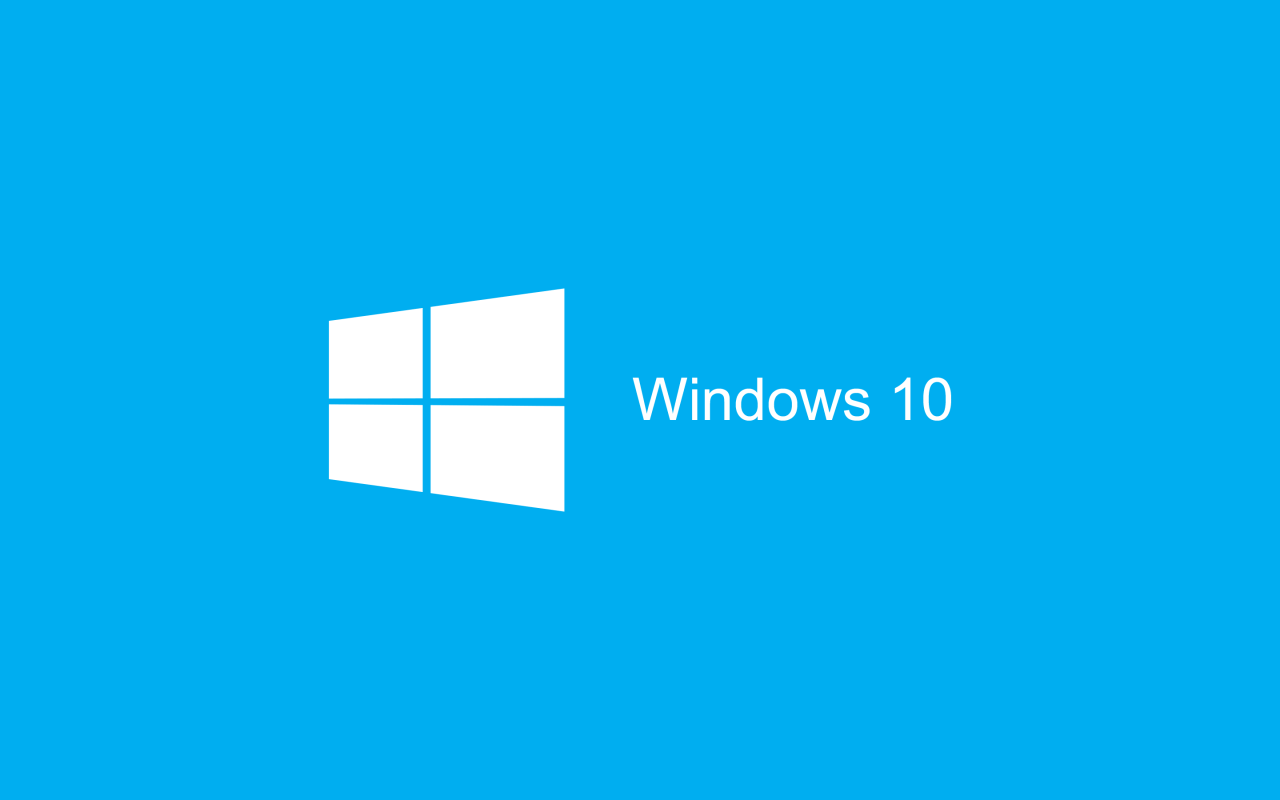Windows Blog
How do I set up Hyper-V in Windows 10 Pro?
Hyper-V is a powerful virtualization feature built into Windows 10 Pro that allows you to create and manage virtual machines (VMs). This can be useful for testing software, running different operating systems, or creating isolated environments for development. Follow this step-by-step guide to set up Hyper-V on your Windows 10 Pro system.
Step 1: Check System Requirements
- Ensure your system meets the following requirements:
- A 64-bit version of Windows 10 Pro.
- At least 4 GB of RAM (8 GB or more is recommended for better performance).
- A processor with Second Level Address Translation (SLAT) support. You can check this using the Task Manager:
- Right-click the Taskbar and select Task Manager.
- Go to the Performance tab and select CPU. Look for “SLAT” under the details.
Step 2: Enable Hyper-V in Windows Features
- Press Windows Key + R to open the Run dialog box.
- Type
optionalfeaturesand press Enter. This will open the Windows Features dialog. - In the Windows Features window, scroll down and check the box for Hyper-V.
- Make sure both Hyper-V Management Tools and Hyper-V Platform are selected.
- Click OK to start the installation process. Windows will apply the changes and may prompt you to restart your computer.
Step 3: Restart Your Computer
- After the installation is complete, restart your computer to apply the changes.
- Once your system restarts, Hyper-V should be enabled.
Step 4: Open Hyper-V Manager
- After restarting, open the Start menu.
- Type Hyper-V Manager and select it from the search results.
- The Hyper-V Manager window will open, showing your computer name and available options.
Step 5: Create a Virtual Switch (Optional)
- In the Hyper-V Manager, look for the Virtual Switch Manager in the right-hand panel under Actions.
- Select New virtual network switch and choose the type of switch (External, Internal, or Private) based on your needs.
- Click Create Virtual Switch and configure its settings (like selecting your network adapter).
- Click OK to save your settings.
Step 6: Create a New Virtual Machine
- In the Hyper-V Manager, select your computer name from the left panel.
- Click on New in the right-hand panel, then select Virtual Machine.
- Follow the New Virtual Machine Wizard:
- Specify Name and Location: Give your VM a name and select its location.
- Specify Generation: Choose either Generation 1 or Generation 2 based on your requirements (Generation 2 supports UEFI).
- Assign Memory: Specify how much RAM to allocate to the VM.
- Configure Networking: Select the virtual switch you created earlier, if applicable.
- Connect Virtual Hard Disk: Choose to create a new virtual hard disk or use an existing one.
- Installation Options: Select how you want to install the operating system (from an ISO file, bootable USB, etc.).
- Click Finish to create the virtual machine.
Step 7: Start the Virtual Machine
- In the Hyper-V Manager, right-click your newly created virtual machine.
- Select Start from the context menu.
- Right-click again and choose Connect to open the VM window.
Step 8: Install the Operating System
- Follow the on-screen instructions to install the operating system on your virtual machine.
- Once the installation is complete, you can start using your virtual machine.
Get the best deals on the cheapest Windows 10 Pro keys—unlock premium features for your PC at an unbeatable price today!

